Steven-Johnson Syndrome is a rare autoimmune disease. It is a condition of the skin and mucous membranes, which is a reaction of the human body to the harmful effects of a drug. The cause of the disease is an abnormal defense response of the body to the applied treatment.
Various types of medications and stimulants can trigger this acute and sudden condition. Toxic epidermal necrolysis is also a dangerous drug syndrome. Both diseases present with acute, rapidly progressive skin and mucous membrane lesions. Damaged skin causes significant loss of water, ions, proteins, and other nutrients. There is then a buildup of active immune system cells that destroy tissues. The appearance of symptoms, especially the characteristic erythematous and blistering lesions on the skin, requires an immediate response. An imbalance develops in this pathomechanism, which can lead to severe complications.

The diagnosis of Steven-Johnson syndrome is based primarily on taking a history and looking at the patient's skin. Before anything else. It is necessary to consider the type of drugs recently taken by patients. Additional examinations make it possible to determine the patient's condition and choose the appropriate treatment. Management of the diagnosis of Steven-Johnson syndrome includes, first of all, discontinuation of the drug that caused the symptoms of the disease. The extensive lesions of Steven-Johnson syndrome can cause numerous complications.
Steven-Johnson syndrome is a rare disease in which drugs cause most cases. This unpredictable reaction to treatment has to do with the different processes that taking certain medications![]() can cause. The group of medicines at risk is quite large, so it is difficult to predict whether a particular drug will cause a dangerous reaction. If you have noticed skin lesions after a specific drug, you'd better avoid using that drug, as there is a high risk of recurrence of symptoms. Other causes of Steven-Johnson Syndrome include infections
can cause. The group of medicines at risk is quite large, so it is difficult to predict whether a particular drug will cause a dangerous reaction. If you have noticed skin lesions after a specific drug, you'd better avoid using that drug, as there is a high risk of recurrence of symptoms. Other causes of Steven-Johnson Syndrome include infections![]() . The causes of Steven-Johnson Syndrome are, therefore, as follows:
. The causes of Steven-Johnson Syndrome are, therefore, as follows:
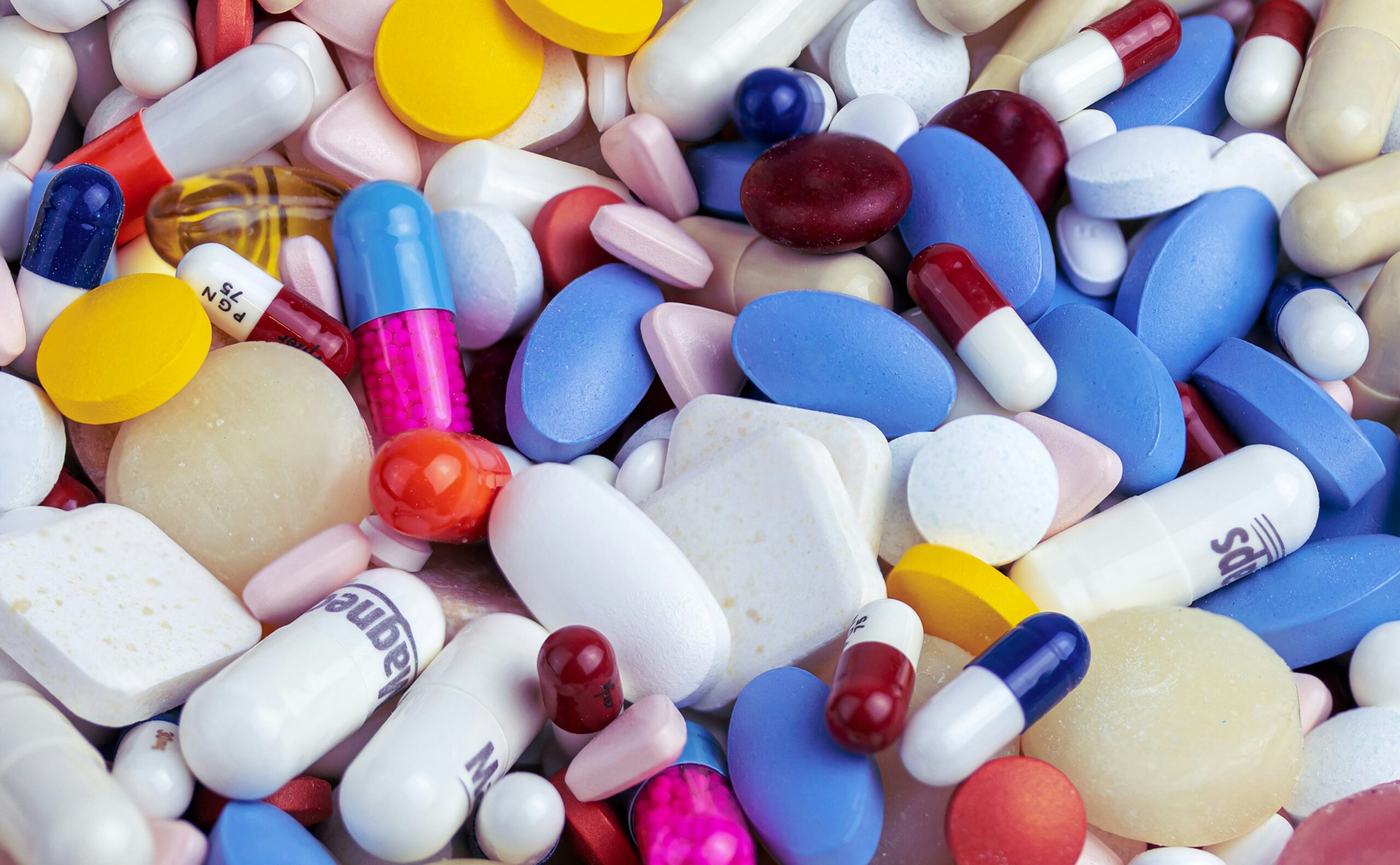
Antibiotics are agents commonly used to treat infections with pathogenic microorganisms. They work by killing or inhibiting the growth of pathogenic cells. The mechanism of action of antibiotics varies depending on the type of drug. Antibiotics are used to treat many diseases and conditions, but unfortunately, medications in this group can cause Steven-Johnson Syndrome reactions.
Non-steroidal anti-inflammatory drugs (NSAIDs) are medications with a wide range of uses. They are characterized by analgesic, anti-inflammatory, antipyretic, and anticoagulant effects. They are used for mild, moderate, and severe pain. Prolonged use of drugs in this group can cause adverse health effects. In addition, NSAID drugs pose a risk of SJS.
Antiepileptic drugs are used to minimize the likelihood of an epileptic attack or reduce its intensity. Antiepileptic drugs should always be selected individually for each patient. They are selected and prescribed by a doctor. There are various epilepsy drugs available on the pharmaceutical market. Many epilepsy drugs are on the Steven-Johnson Syndrome risk list.
Homeopathic medicines are preparations made from homeopathic raw materials prepared from natural ingredients. Homeopathy is a form of unconventional medicine in which the patient receives minimal medicine, which in a healthy person would cause disease symptoms. Homeopathic medicines, therefore, stimulate the body to fight the disease. In general, the drugs are safe, although homeopathy has stirred up a lot of controversy. In addition, some types of these drugs may be associated with the risk of SJS reactions.
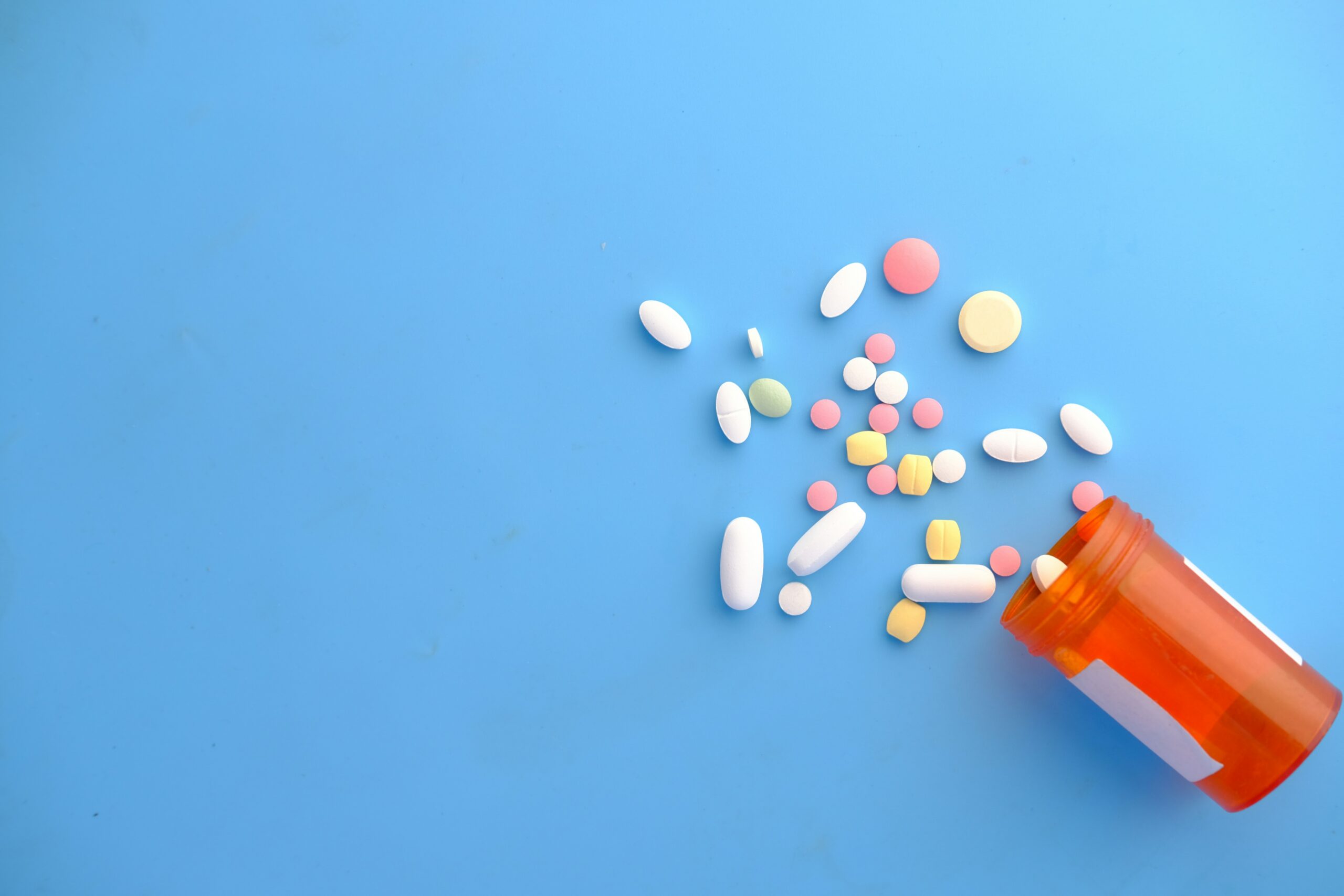
The unpleasant discomforts of ringworm are combated with generally available antifungal drugs. Many types of antifungal drugs are selected, keeping in mind the specific strain of fungus causing the infection. It is used to treat vaginal candidiasis, as well as mucous membranes of the throat and mouth. Unfortunately, it can also cause Steven-Johnson Syndrome.
Sulfonamides are synthetic drugs that exhibit antimicrobial activity. Their action is based on the fact that they selectively interfere with metabolic processes in bacterial cells. Specifically, they block the synthesis of endogenous folic acid, essential for bacteria. Anti-infective sulfonamides are now being used less and less due to side effects. Drugs in this group often cause allergic reactions and, in addition, can cause SJS.
Mycoplasma pneumoniae is a bacterium that causes atypical pneumonia. A small group of patients with M. pneumoniae infection may develop Steven-Johnson Syndrome. This bacterium is responsible for atypical cases of SJS unrelated to drug effects. Such patients experience upper respiratory symptoms associated with a bacterial infection and the symptoms associated with Steven-Johnson Syndrome. Both, the SJS reaction and the bacterial infection should be treated in such cases.
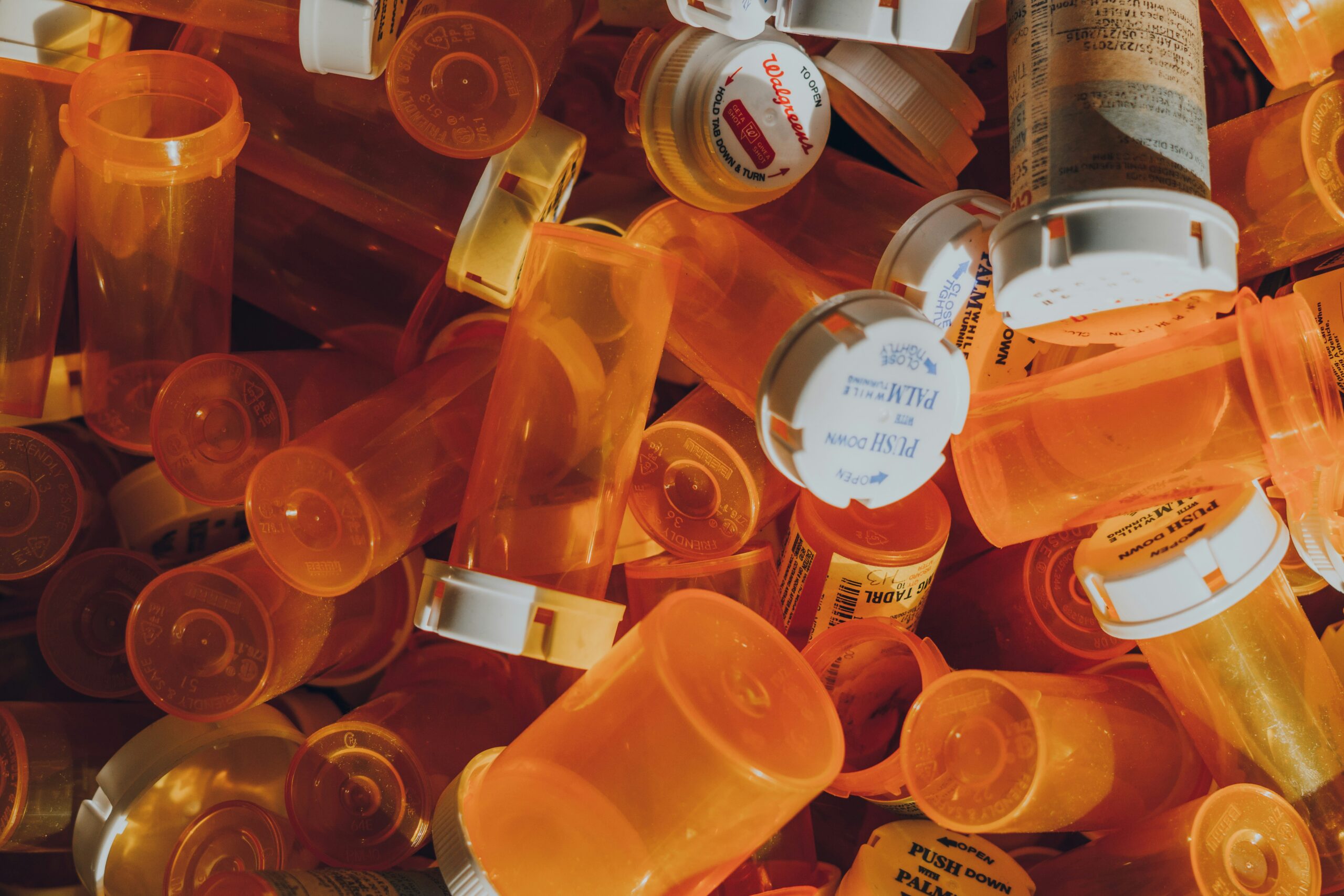
The disease progresses in two phases. The first phase involves systemic symptoms![]() , while the second requires skin lesions
, while the second requires skin lesions![]() . Most patients with Steven-Johnson syndrome also develop mucosal involvement. The first symptoms begin 1-4 weeks after taking the drug or after contact with another causative agent. On the other hand, if the product is retaken, a relapse usually develops in a shorter period. Steven-Johnson Syndrome's acute phase lasts about 8 to 12 days.
. Most patients with Steven-Johnson syndrome also develop mucosal involvement. The first symptoms begin 1-4 weeks after taking the drug or after contact with another causative agent. On the other hand, if the product is retaken, a relapse usually develops in a shorter period. Steven-Johnson Syndrome's acute phase lasts about 8 to 12 days.
The first sign of an SJS reaction is general flu-like symptoms. The symptoms are uncharacteristic and can be interpreted as an infectious disease. Such symptoms include:

At the onset of Steven-Johnson Syndrome, symptoms related to the respiratory system include a runny nose and cough, which can be mistaken for a cold. If these symptoms were related to a respiratory illness, they could be accompanied by additional symptoms such as chest pain, breathing problems, and shortness of breath.
Another systemic symptom in SJS is fever or a sub-febrile state. Due to the acute drug reaction, the body temperature rises. Patients may also feel significant weakness and malaise. This symptom is also uncharacteristic and is confused with many other conditions.
Systemic symptoms of SJS also include muscle and joint pain. These ailments result from our body's response to a pathogenic agent—this is the acute phase of the response to the infectious agent. Proteins called pro-inflammatory cytokines, which cause the breakdown of muscle proteins, play a role in this.
A sore throat can also occur in Steven-Johnson Syndrome, another symptom that can be mistaken for another disease. Sore throats are most often caused by viral infections, which can destroy the mucous membranes of the throat, nose, and bronchi. In the case of SJS, the throat may hurt due to the body's autoimmune reaction.
The systemic symptoms of SJS are characterized by those related to the visual organ. Patients may experience photophobia or hypersensitivity to light. In addition, sore eyes may occur. Conjunctivitis, which causes red and burning eyes, may also appear in the early stages of SJS.
As Steven-Johnson Syndrome develops, skin lesions appear. Skin symptoms progress and become more severe over time. Symptoms of the later phase of SJS include:

Initially, they appear as erythema, less often as dark red, hemorrhagic, or gray patches. The erythema occurs first on the face, neck, and shoulders and later on the trunk and extremities. A detachment of the epidermis follows this. This results in extensive blisters, from which erosions and scabs form when damaged. The lesions are very painful and lead to protein and fluid loss. Lesions can also involve hair and nails. The skin lesions can be so severe that they merge, and blisters form within them.
After a few days, lesions also appear on the mucous membranes, especially in the gastrointestinal and respiratory tracts. Characteristic hemorrhagic scabs form around the mouth and anus. Similar mucosal lesions can also be in the mouth and on the genital mucosa. In addition, the disease can also attack the eyes. The appearance of hemorrhagic and painful erosions is possible. It also carries the risk of adhesions between the cornea and conjunctiva.
Most patients with Steven-Johnson Syndrome also develop mucosal involvement. Usually, the lesions take the form of erosions and involve at least two locations. When mucosal involves the respiratory and gastrointestinal systems, eating may be difficult for the patient, and acute respiratory failure may occur. Respiratory failure is a dangerous, life-threatening condition in which gas exchange, or the exchange of oxygen and carbon dioxide, is impaired in the lungs, causing hypoxia in the body's tissues. Therefore, then immediate medical intervention is necessary.
Nikolsky-positive![]() is the desquamation of the epidermis when rubbed with a finger after rubbing healthy-looking skin. This symptom affects the skin, surrounding blisters and erosions. It is a symptom of many skin diseases, including Steven-Johnson Syndrome.
is the desquamation of the epidermis when rubbed with a finger after rubbing healthy-looking skin. This symptom affects the skin, surrounding blisters and erosions. It is a symptom of many skin diseases, including Steven-Johnson Syndrome.
As a result of developing Steven-Johnson Syndrome, the kidneys, pancreas, and liver can be damaged. This leads to structural damage and impaired function of many organs. In such severe cases, acute respiratory failure ul,ceration of the small intestine, or perforation of the large intestine can occur.
Dehydration can lead to kidney failure, and superinfection within damaged skin and mucous membranes can lead to bacteria in the blood and multi-organ failure. In severe and advanced stages of SJS, damage to the nervous system can occur. As a result of damage to the central nervous system, we may see balance and sensory disturbances.
There is no precise test that detects SJS. To date, no specific diagnostic tests have been developed. Doctors make a diagnosis based on characteristic symptoms. The diagnosis of Steven-Johnson Syndrome is based primarily on taking a history and looking at the patient's skin. The appearance of erythematous lesions, which then develop into blisters and erosions after taking medication, allows the diagnosis of this disease.

In the diagnosis, specialists determine whether the patient has Steven-Johnson Syndrome or toxic epidermal necrolysis (TEN)![]() . SJS and TEN are diseases characterized by dehiscence of the epidermis and mucosa. Both Steven-Johnson Syndrome and toxic epidermal necrolysis belong to the same group of diseases with different severity. They are classified based on the percentage area of skin dehiscence. Thus, the diagnosis considers the severity of the symptoms and, based on this, determines whether one is dealing with SJS or TEN. In the case of SJS, skin involvement is no more than 10%
. SJS and TEN are diseases characterized by dehiscence of the epidermis and mucosa. Both Steven-Johnson Syndrome and toxic epidermal necrolysis belong to the same group of diseases with different severity. They are classified based on the percentage area of skin dehiscence. Thus, the diagnosis considers the severity of the symptoms and, based on this, determines whether one is dealing with SJS or TEN. In the case of SJS, skin involvement is no more than 10%![]() of the body surface. Conversely, TEN is a more severe form of SJS, which is diagnosed when 30%
of the body surface. Conversely, TEN is a more severe form of SJS, which is diagnosed when 30%![]() of the skin surface is involved.
of the skin surface is involved.
Various tests must be performed once it is determined whether one has SJS/TEN. Additional tests can determine what condition the patient is in, as well as determine the risk of complications and prognosis. For this purpose, laboratory tests are performed. In such tests, attention is paid to the following parameters:

A blood count is performed to diagnose Steven-Johnson Syndrome. The test is a qualitative and quantitative assessment of the composition and morphology of peripheral blood cells. In SJS, anemia and a deficiency of white blood cells, mainly lymphocytes and neutrophils, can be observed.
Liver tests are enzymes that can be used to determine the condition of the liver and whether it is working correctly. Due to the specific activity of liver enzymes, performing this test requires appearing for a fasting blood draw. In cases of SJS, liver function is impaired, which increases the activity of its enzymes.
Urea is mainly produced in the liver. Serum urea concentration helps determine whether the kidneys are performing their excretory function. As with other blood components, glucose levels are determined by morphology. Abnormal blood glucose levels can indicate various conditions. In SJS, blood urea and glucose levels are elevated.
An ionogram is a laboratory test after which the patient receives information on the concentration of vital electrolytes. Their deficiency can indicate dehydration and various conditions. With SJS, there is a risk of dehydration, so there may be a water-electrolyte imbalance. The most severe and common disorders involve sodium and potassium ions. The most common cause of disorders is kidney failure.
Albumins are proteins produced in the liver that perform functions related to the transport of drugs, hormones, amino acids, and fatty acids in the body. Their main function is to maintain adequate osmotic pressure in the blood, which prevents water from infiltrating the surrounding tissues and protects the body from the formation of edema. In SJS, there is a deficiency of albumin due to the high loss of albumin through the skin. A long-term reduction in albumin levels can result in edema and other bothersome symptoms.
Laboratory tests can detect inflammation in the body. Thus, patients with SJS have elevated CRP and ESR values. Larger values of CRP and ESR levels indicate an inflammatory process occurring in various diseases. Early detection of an elevation of these parameters suggests an infection before symptoms appear.
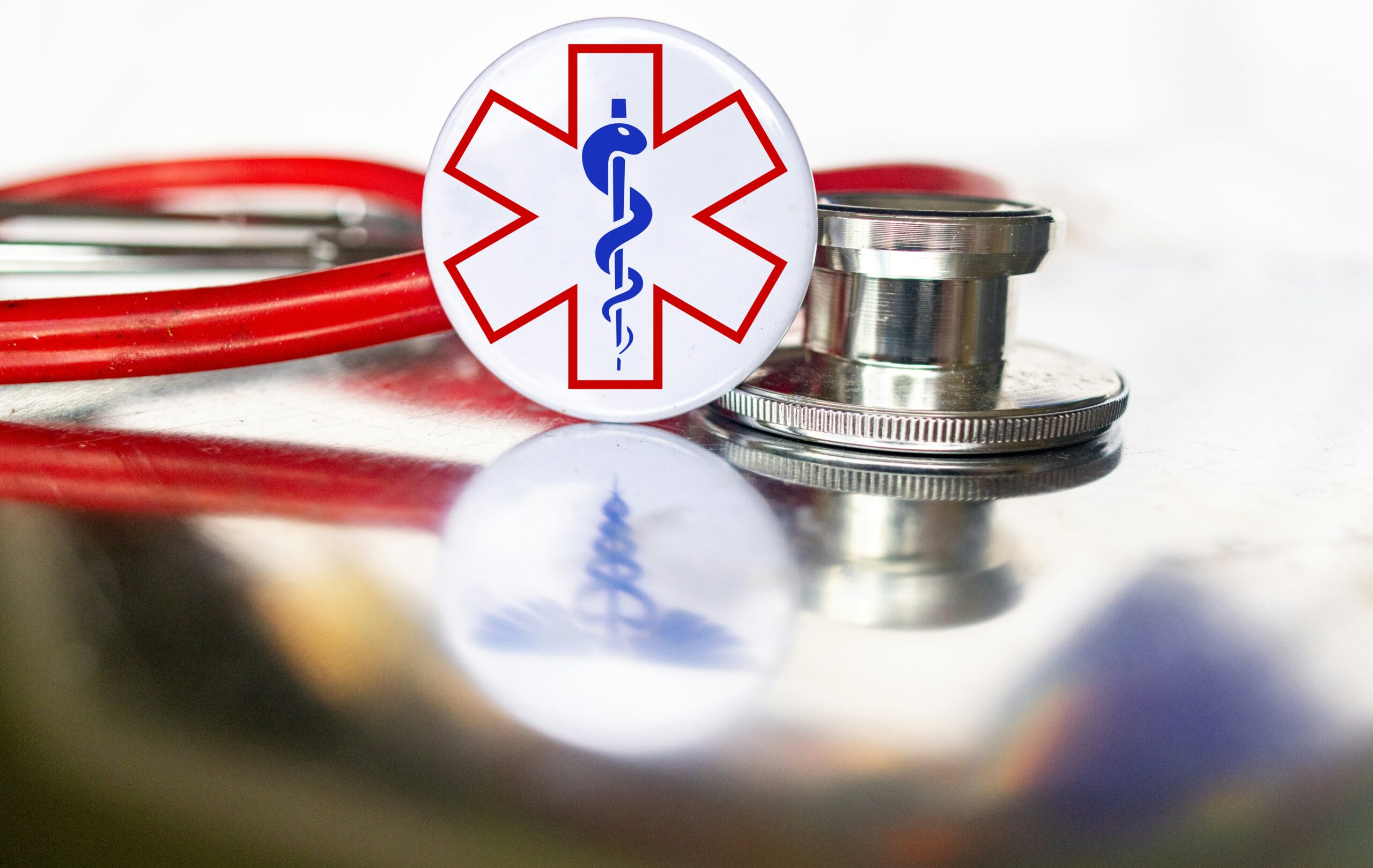
Treatment of Steven-Johnson Syndrome is difficult but necessary, as it is a life-threatening condition. The disease has a high mortality rate. Management of a diagnosis of Steven-Johnson Syndrome primarily involves withdrawal of the drug that caused the symptoms of the disease. Studies have shown that earlier discontinuation of the medication causing SJS is associated with a better prognosis.
Such patients require admission to the hospital, constant monitoring, and treatment under the guidance of specialists. Adequate ambient temperature and compensation of fluid and electrolyte deficiencies are of great importance in the care of patients with SJS.
Painful skin lesions are cleaned and bandaged. Paraffin gauze![]() is used to cover the skin. No single effective therapeutic method has been developed for treating SJS. Various strategies are currently being used that may be helpful, although the evidence for systemic treatment is still insufficient. The effectiveness of systemic therapy
is used to cover the skin. No single effective therapeutic method has been developed for treating SJS. Various strategies are currently being used that may be helpful, although the evidence for systemic treatment is still insufficient. The effectiveness of systemic therapy![]() may depend on the intensity of symptoms and the phase of the SJS disease. Treatment methods for Steven-Johnson Syndrome include:
may depend on the intensity of symptoms and the phase of the SJS disease. Treatment methods for Steven-Johnson Syndrome include:
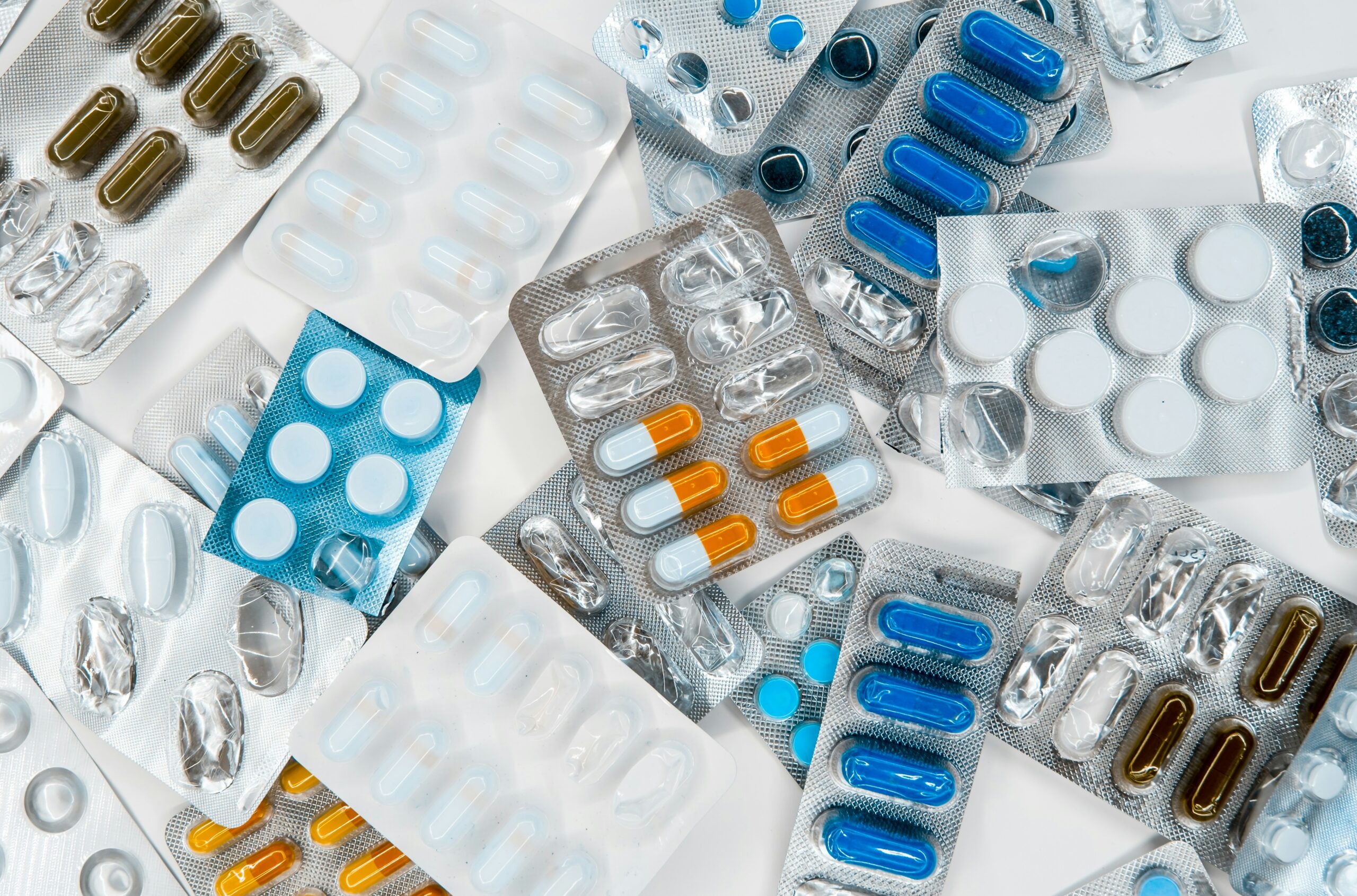
Initial studies about corticosteroid treatment in patients with SJS showed that this method could be better. The use of corticosteroids increases the possibility of infection and complication and increases mortality. However, recent studies highlight more aspects and note the positive side of corticosteroid treatment. High doses of corticosteroids for a short period and in the early stages of the disease have been shown to reduce mortality without increasing the risk of infection.
Intravenous immunoglobulins are often used in patients with SJS. However, the exact mechanisms of the IVIG treatment method still need to be understood. There are reports of studies that show that IVIG can have a beneficial effect. Results have shown that high doses of IVIG reduce mortality. However, more research in this area is needed.
TNF-α inhibitors, have been used in some cases of patients with SJS. Beneficial effects have been suggested for this type of treatment, but there have been too few cases used with TNF-α treatment to confirm their efficacy. Additional research is needed in this area.
Plasmapheresis aims to remove pathogenic factors from the patient's blood, such as the drug, metabolites, and cytokine that cause the disease reaction. Plasmapheresis is a safe method that effectively treats SJS in several cases. A few side effects also characterize it. Plasmapheresis can be effective in patients who have been refractory to other treatments. Here, too, additional studies are needed.
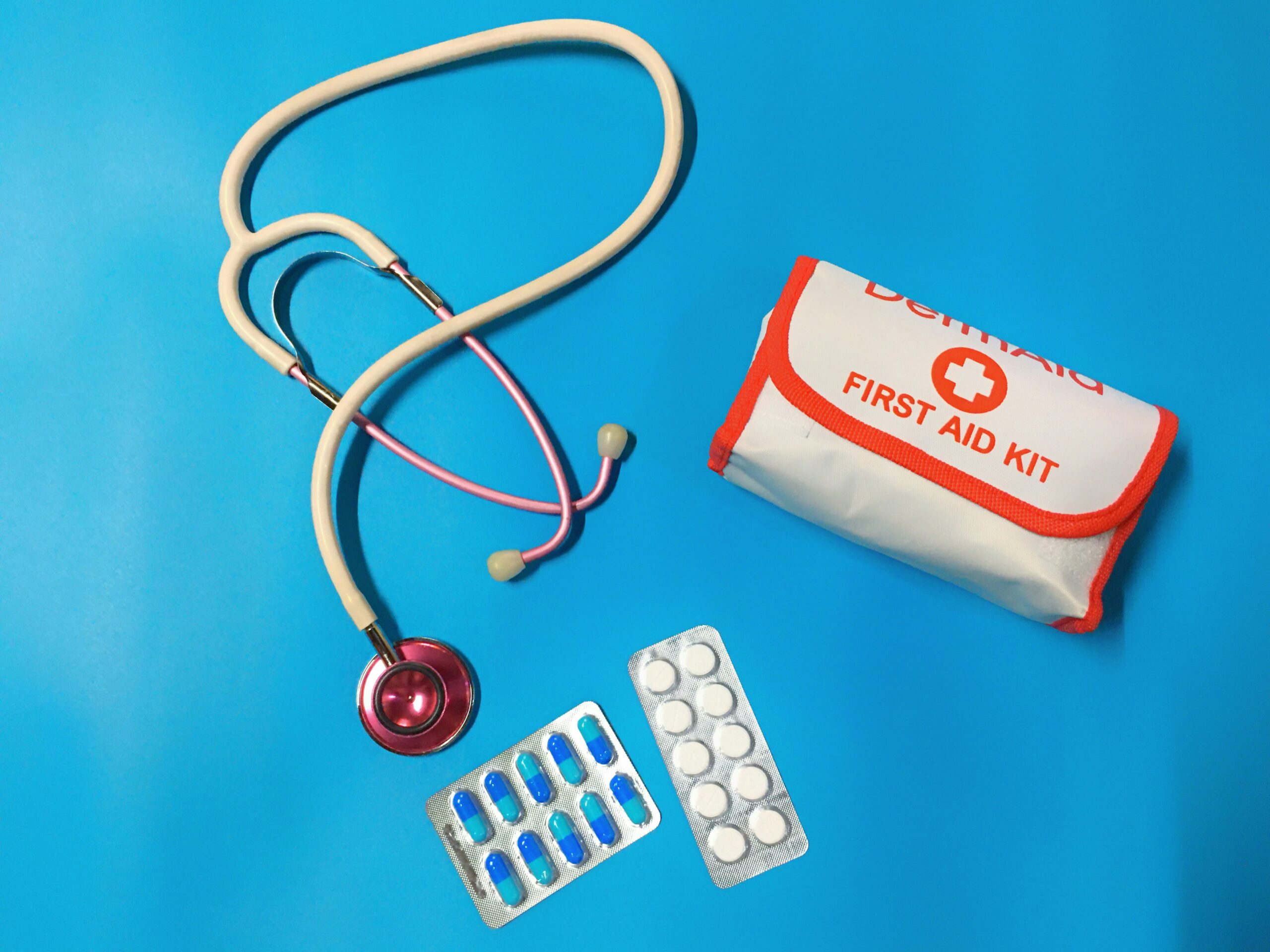
The acute course of Steven-Johnson Syndrome is associated with a high risk of complications. The extensive skin lesions in Steven-Johnson Syndrome cause the skin to lose its protective function, as it ceases to be a barrier between the external environment and the body. Due to eye pain and conjunctivitis, complications can include dry eye syndrome and corneal damage, causing irreversible scarring.
In addition, adhesions in the oral mucosa can also occur, such as genital adhesions and secondary infection of blister wounds. Long-term maintenance of high blood glucose levels can lead to late-onset diabetes. There is also a risk of narrowing the lumen of the esophagus and intestines, ulcers in the gastrointestinal tract, and various other infectious conditions and complications.
Steven-Johnson Syndrome is a rare, severe disease that causes mucous membranes and skin lesions. Among the most common causes of the development of Steven-Johnson Syndrome, drugs are mentioned first and foremost. They are the cause of the sudden acute cutaneous-mucosal reaction. However, if you have had a skin reaction after a drug, it is undoubtedly better to avoid that drug for the rest of your life because there is a high risk of recurrence of symptoms.
Systemic symptoms usually appear before characteristic changes appear on the skin and mucous membranes. The symptoms of Steven-Johnson Syndrome develop very quickly, so do not delay going to the emergency room or doctor. The symptoms and course are usually so characteristic that the doctor has no problem making a correct diagnosis. Management of the diagnosis of Steven-Johnson Syndrome includes, first of all, withdrawal of the drug that caused the symptoms of the disease. Such patients require specialized medical care.
Table of Contents
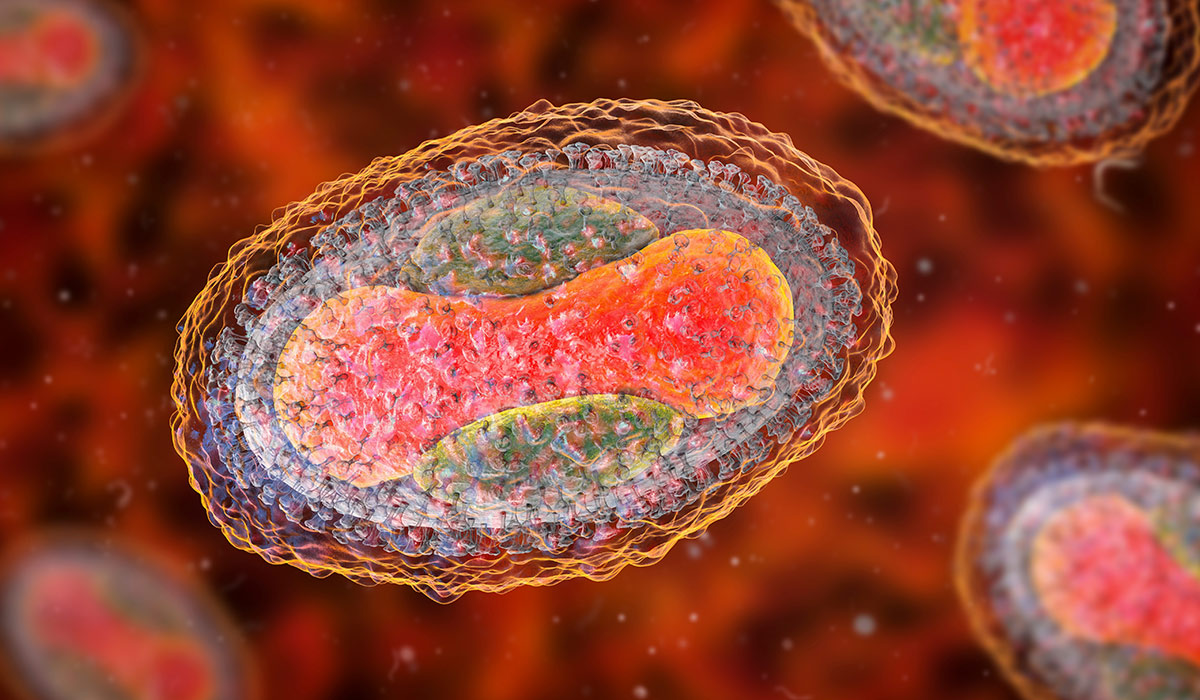
Molluscum contagiosum is a common skin infection especially in children. Find out how to recognise molluscum contagiosum skin lesions. Learn… read more »

Pityriasis Rosea is a skin disease. It usually does not require treatment, but for pregnant women the disease can be… read more »
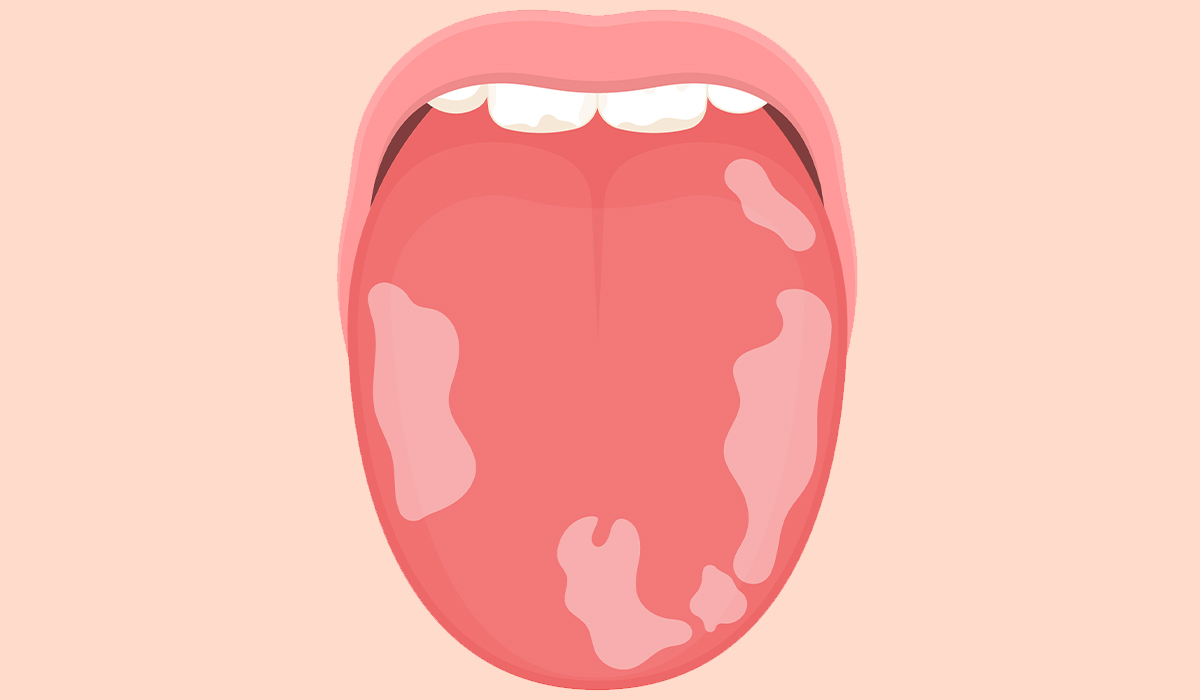
Leukoplakia is a disease that most commonly affects the oral cavity. A complication of leukoplakia can be cancer, so it… read more »
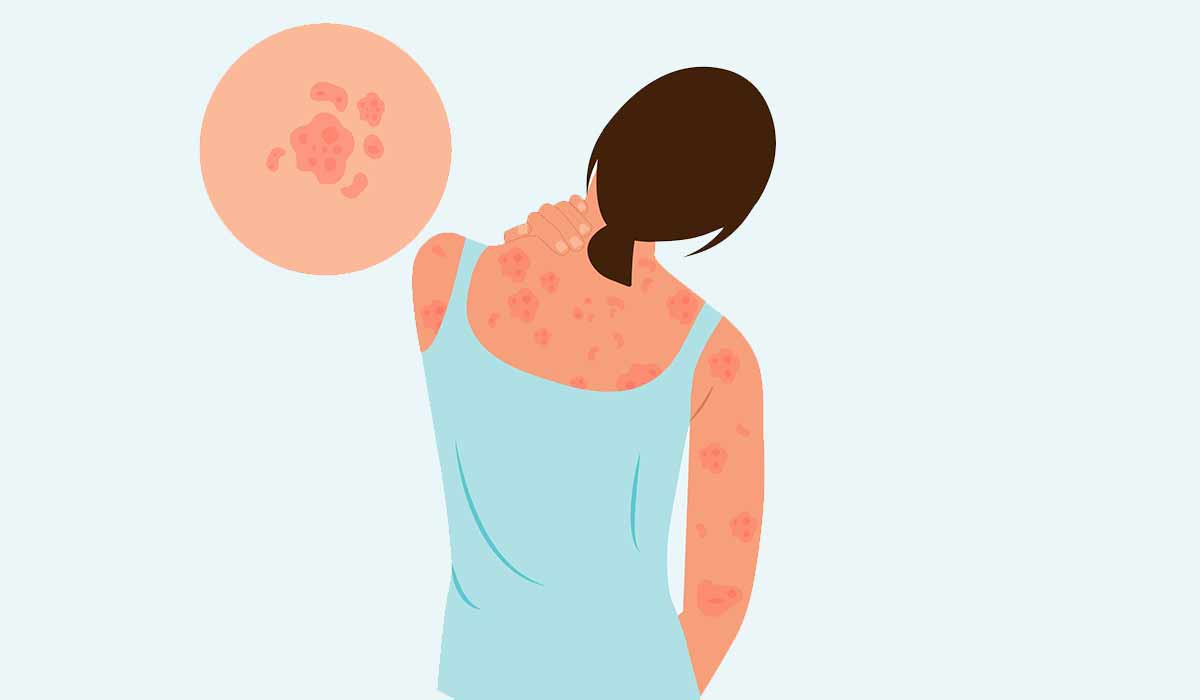
Psoriasis is characterized primarily by skin lesions that result from impaired epidermal regeneration. Learn about all types and signs of… read more »
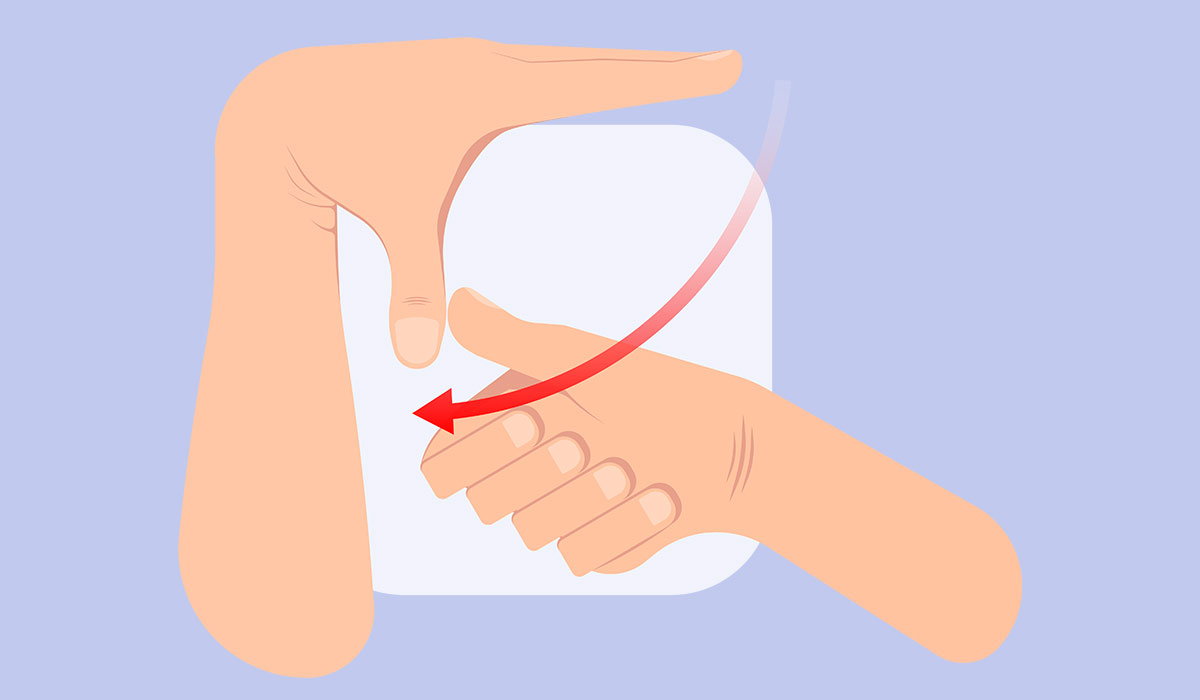
Ehlers-Danlos Syndrome is a group of diseases with a genetic basis. Learn all the symptoms associated with EDS. Find out… read more »
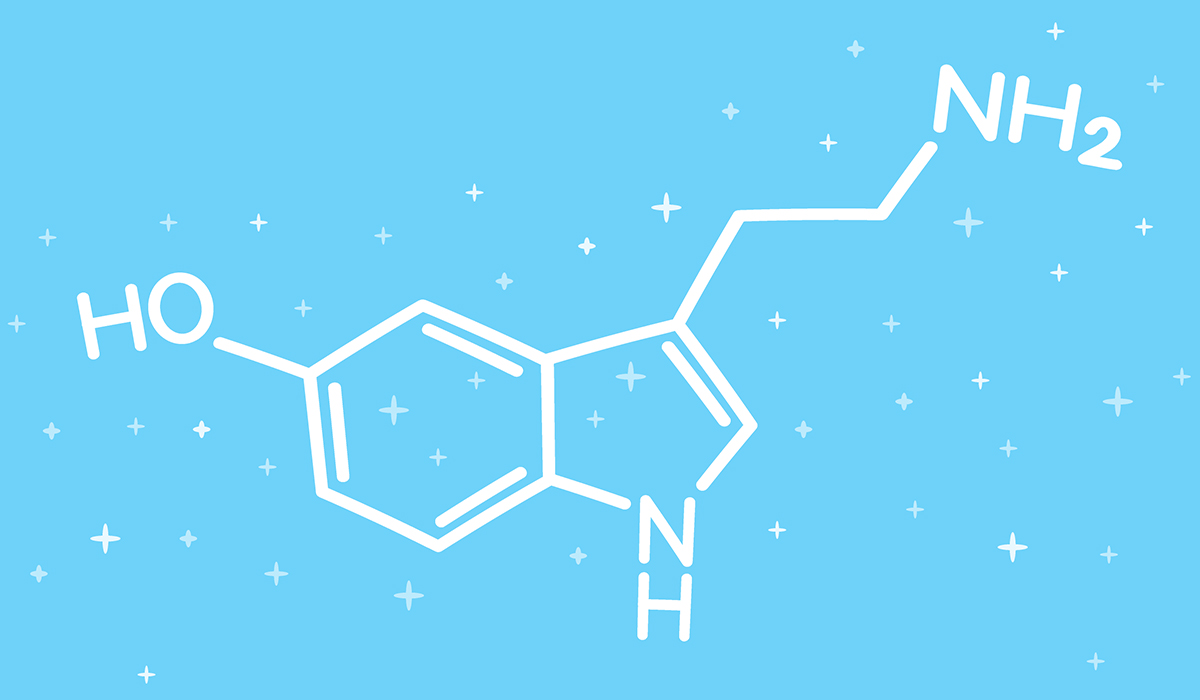
Serotonin syndrome (SS) is a drug-induced syndrome that is dangerous. This condition can occur after starting a serotonergic drug. Find… read more »
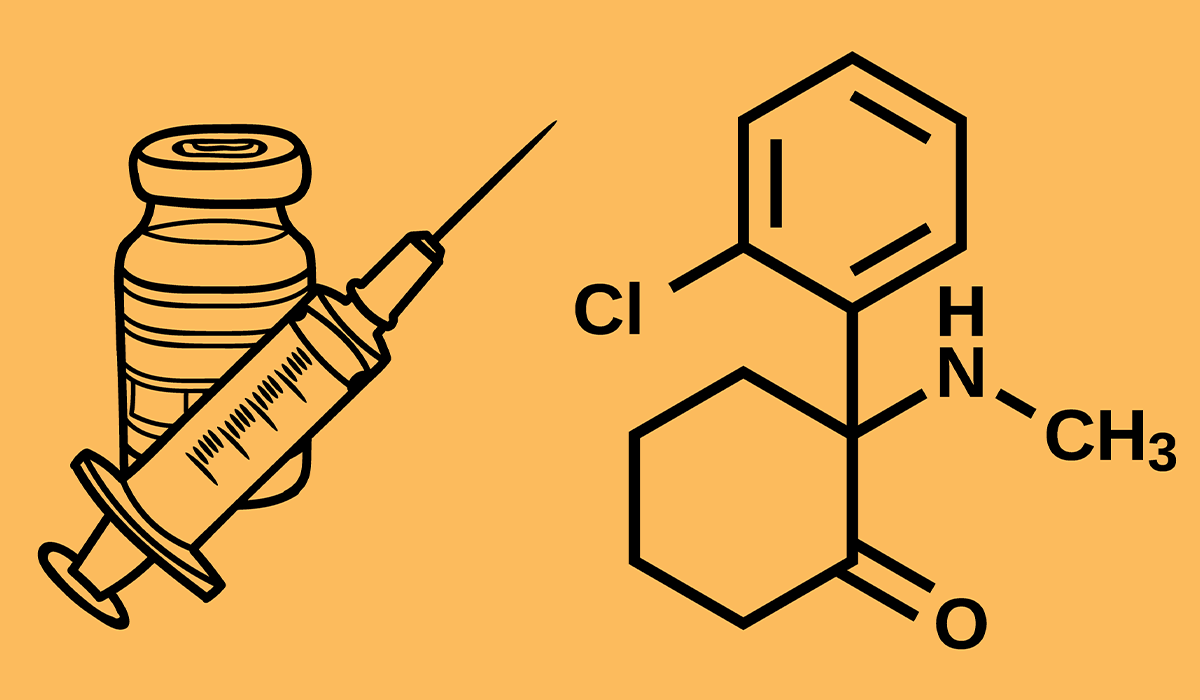
Ketamine is a drug used for anaesthesia or treatment of various conditions. However, the substance can pose risks. Find out… read more »

Scleroderma is a rare, chronic condition that hardens and tightens skin and other tissues. How is it diagnosed and treated?… read more »
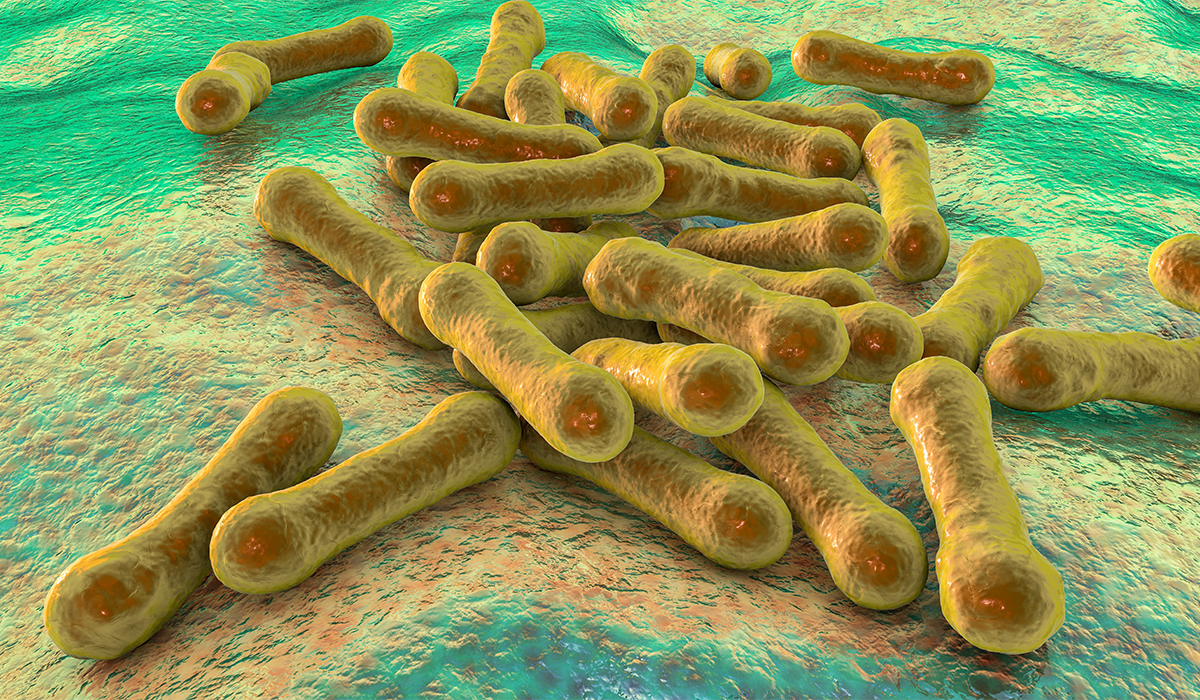
Diphtheria is a disease that, thanks to vaccines, is now rare. But it is worth knowing the symptoms, as it… read more »